An erupting, massive star in the Milky Way. NASA's Hubble Space Telescope has identified one of the most massive stars known, emitting as much as 10 million times the power of our Sun and with a radius larger than the distance between the Sun and the Earth.
Click on image for full size
Image courtesy of NASA, Space Telescope Institute
Fusion Inside the Stars
Fusion in the core of stars is reached when the density and temperature are high enough. There are different fusion cycles that happen in different phases of the life of a star. These different cycles make the different elements we know. The first fusion cycle makes Helium. This is the stage that our Sun is in.
In stars with a very high temperature there are other fusion cycles(CNO cycle). At still higher temperatures, the fusion of Helium makes Carbon. Finally, at even higher temperatures elements like Iron are made.
The fusion reactions in stars make
neutrinos that reach Earth. By detecting these neutrinos, scientists learn about fusion inside the stars.
You might also be interested in:
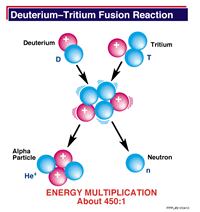
The center of an atom is called the nucleus. Nuclei is the plural of nucleus. When two atoms come together, and their nuclei combine, you have fusion. Fusion releases energy. By using Einstein's famous
...more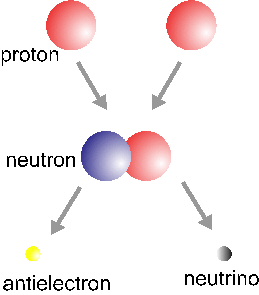
In the basic Hydrogen fusion cycle, four Hydrogen nuclei come together to make a Helium nucleus. This is the simple version of the story. There are actually electrons, neutrinos and photons involved in
...more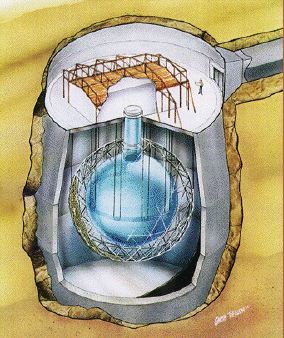
Neutrino interactions with matter are extremely rare, so detecting a neutrino is very hard. Neutrino detectors are typically large, underground tanks filled with a fluid that reacts to neutrinos. In neutrino
...more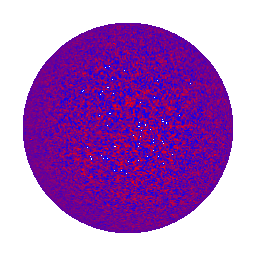
The Sun releases energy. This energy is made in the center of the Sun. But we can't see past the surface of the Sun. So how do we know how this energy is made? Well, scientists use diagnostics to figure
...more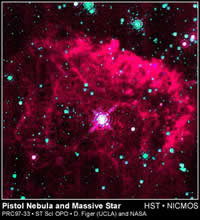
Fusion in the core of stars is reached when the density and temperature are high enough. There are different fusion cycles that happen in different phases of the life of a star. These different cycles
...more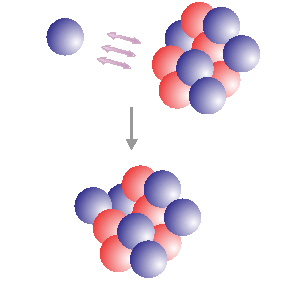
Neutron capture can occur when a neutron approaches a nucleus close enough for nuclear forces to be effective. The neutron is captured and forms a heavier isotope of the capturing element. When the new
...more
A Supernova is a very massive star that explodes at the end of its life. The supernova is where the heavy elements (heavier than iron) are made.
...more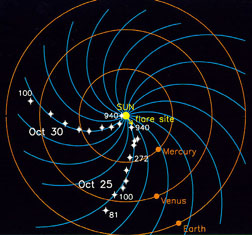
The Sun acts like it has a big magnet in the middle of it. We call this the Sun's magnetic field. The Sun's magnetic field has a fancier name, the Interplanetary Magnetic Field (IMF). This just means that
...more














